Bruce Aisher explores eight of the archetypal forms of dance music bassline, from old-school classics to contemporary techniques.
You could argue that basslines are second only to the beat itself in defining the character of dance music. Given that so many dance tracks rely on the classic four-to-the floor kick drum patterns, the way in which the bassline interacts with this other low-frequency component is so important that different approaches to bassline programming may be the defining characteristic of a whole sub-genre – just look at acid house, for example.
In this piece we’re not going to tell you what basslines to choose. Instead we’ll examine some classic approaches to bass programming, and look at some of the tracks that help demonstrate – and may have even defined – a specific approach.
This is by no means a definitive list of bass types, and in reality the bassline in any given track may straddle two or more of those discussed here, but our eight categories encompass the vast majority of dance basslines.
In essence, this is all about the archetypes of dance basslines. Let’s dive into this pool of low-end frequencies and examine how they work.
1 – The off-beat bass
This has been a staple of a number of dance genres over the years, with its roots probably lying in disco, synth pop and hi-NRG.
Bass notes are placed between each kick drum to deliver a simple driving rhythm that provides a pulsing backdrop to pads, arpeggiated synths and simple melodic motifs.
A nice example of this approach at work can be found in the Larse Vocal mix of ‘Hallelujah Anyway’ by Candi Staton. The simple rhythm and chord shifts are supported by the pulsing bass moving between only two notes:
In this style, bass notes are usually of medium length with a recognisable sharp attack and moderately filtered decay. A good place to start is with a sawtooth waveform. Use an ADSR envelope to subtly sweep a low-pass filter’s cutoff downwards. The sound should not end too abruptly, so make sure the amplitude envelope’s release time is raised slightly.
The pulsing nature of the low-end elements, the fact that bass and kick do not clash, and the somewhat straight, unswung nature of other parts make this bass very well suited to additional delay processing. This helps create additional rhythmic interest. Start with a delay time locked to your project tempo – for example, a dotted 8th-note delay.
Additional interest can also be created by programming extra bass notes around the central bass pulse.
A track like deadmau5’s ‘Raise Your Weapon’ has what appears to be simple off-beat bass:
But further inspection reveals that it is pulsing continuously at double the rate of the kick drum. Side-chain compression on the bass (triggered by the kick drum) pushes down the level of those bass notes that arrive at the same time as a kick. This gives the impression of a simple old-school trance bassline.
We can also use delay as before. Here the delay is added before the side-chain squeezing:
Overall, this simple approach to bass programming works well as a counterweight to the dominant kick. It may be simple, but can often be extremely effective.
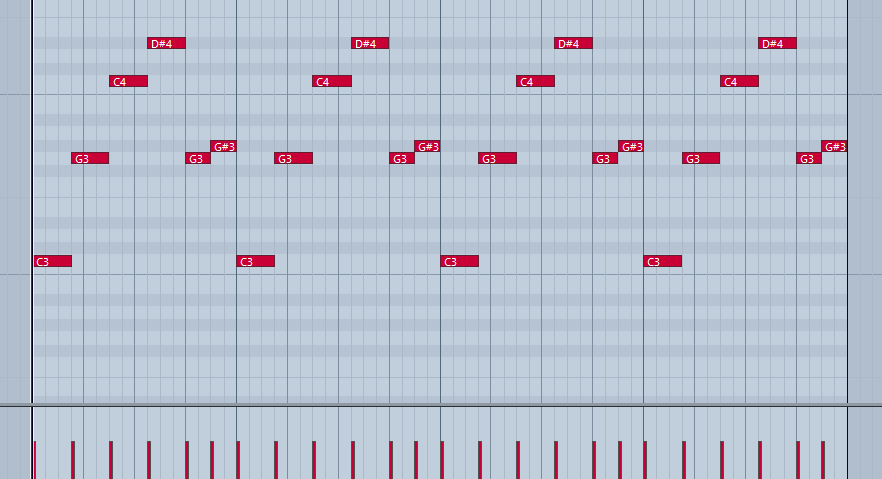
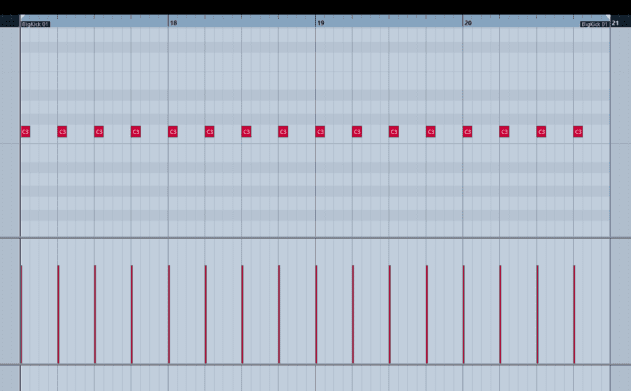
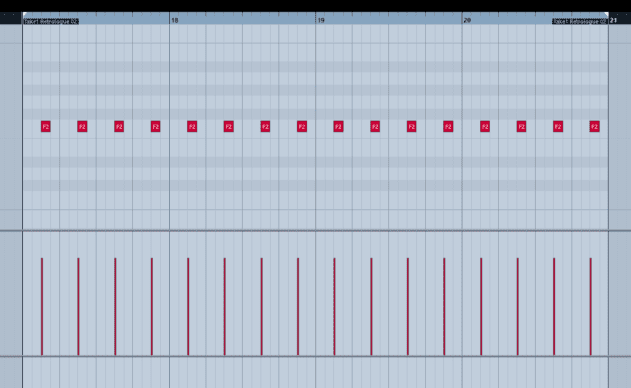
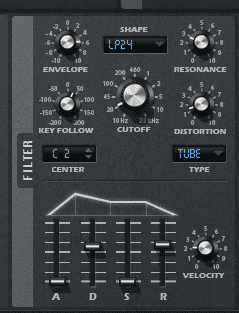
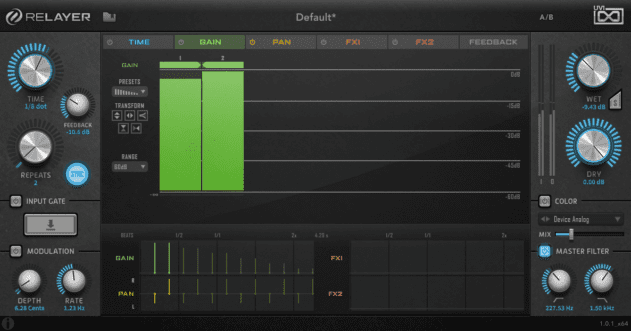
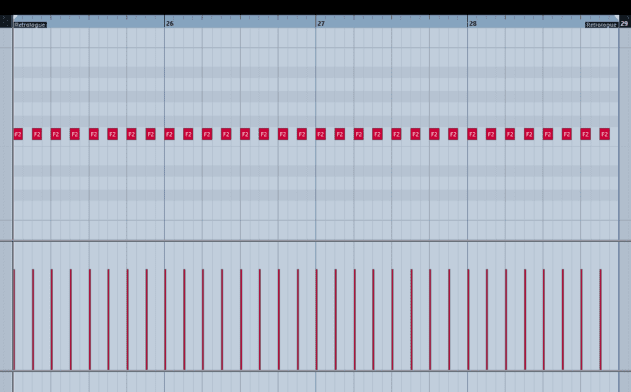
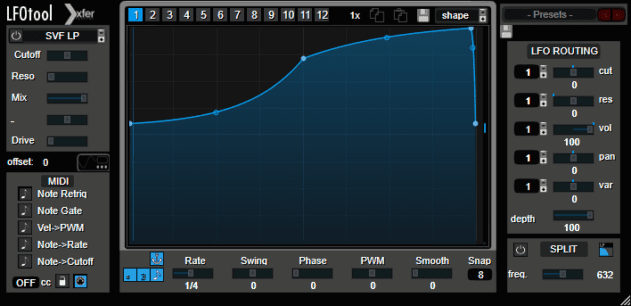
11.07 PM
Easily one of the most informative articles ever on basslines, what a godsend!
01.11 PM
So good! Thanks, attackmagazine!
01.59 PM
Nice. A top educational post.
05.04 PM
This is awesome!! Thanks!!
11.22 AM
Great post. I will come back many many times to check this post again 🙂
12.41 PM
Great article & some really useful info there, I like the way you educate as you are explaining instead of the usual spoon feeding that goes on these days. I’ve been doing music for 20 years or so & still learnt & picked up some inspiration from this, thanks.
06.19 AM
Great article! Thanks!
06.58 PM
Nice!
07.02 PM
Wow! super article. very informative and well researched with lots of examples. Love it. Thank you
06.12 AM
You forgot the Reverb Bass used in Dark Techno tracks.
09.12 AM
hey guys!! as always great tutorial for every type of producer 🙂 Could you tell me which delay you used for this work? I can’t find these one with only the name relayer delay vst. Thank you
11.35 AM
John, that’s UVI Relayer http://www.uvi.net/en/software/relayer.html
08.53 PM
Fantastic explanations, thanks guys.
02.20 PM
Brilliant article! It would be great if you could put all these articles in a book or app format similar to what Sample Magic have done
08.32 PM
Much obliged attack magazine !
04.23 PM
Forget all those Youtube videos 🙂 Attack brings to the point…
03.44 PM
nice beats
04.52 AM
Great article!! I guess there’s another one: those subby techno lines with lfo on pitch
06.21 PM
well explained, systematically, without frills
well done!
06.20 AM
Well done! Good information and great examples!
01.54 AM
Have not read a better article on low end theory. Thank you Attack!